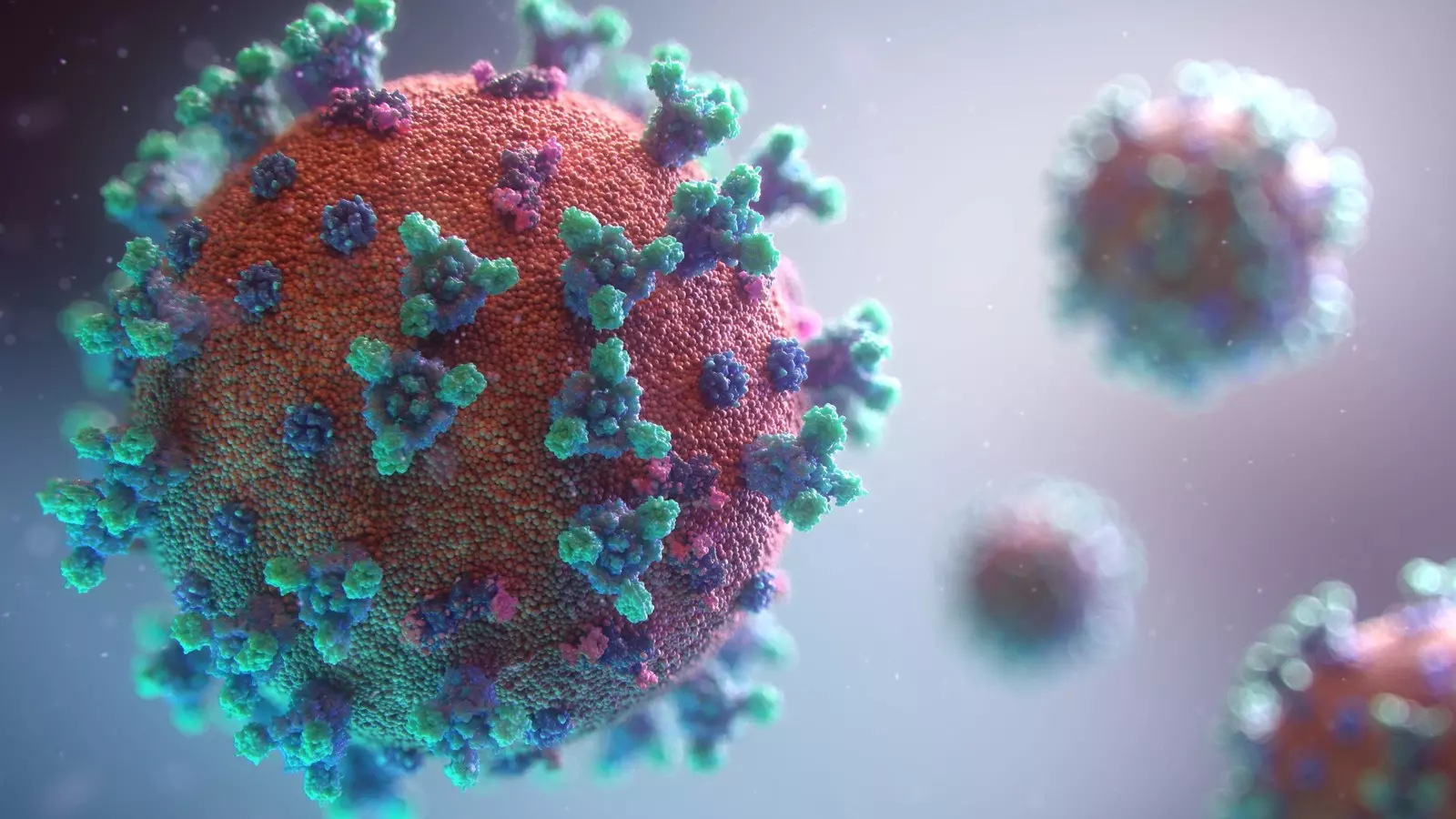- Published on
- Jan 6th 2022
COVID-19 Is Everywhere In RTP

Today it seems like everyone had COVID. The cases are at an all-time peak.
Everyone we talk to in the area had a close encounter with COVID during the holiday season. Few things to be aware of the current COVID wave:
1. Rapid antigen test/ RTPCR with nasal(nose) swabs are unable to detect the current variant:
Several symptomatic people who tested negative on rapid antigen tests with nasal swabs, repeated the test with a throat swab and came back positive immediately. So if you have symptoms and nasal swab test is negative, please get retested with throat swab.
A #SwabYourThroat trend on Twitter
The trend picked up steam with a Dec. 27 tweet from a biologist at University College London, who said she'd tested negative repeatedly until swabbing her throat.
2. If you’ve been exposed to someone with current COVID-19, your symptoms could be:
• Common Cold
• Loss of smell
• Loss of taste
• The omicron variant often leads to a headache
Loss of smell and taste are COVID-19-specific symptoms that often mean you’re infected with the coronavirus.
• Loss of smell
• Loss of taste
• The omicron variant often leads to a headache
Loss of smell and taste are COVID-19-specific symptoms that often mean you’re infected with the coronavirus.
Once you start feeling those symptoms, it is worth isolating yourself and getting a couple of tests done.
3. When can you start meeting people/going out if you tested positive?
Those with COVID-19 should isolate for five days “if they are asymptomatic or their symptoms are resolving.” After that, those who have had COVID-19 should wear a mask for five days after isolation when around other people.
The revised recommendations are due to the current understanding that transmission of the virus that causes COVID-19 happens early in the illness.
References
- https://www.nbcnewyork.com/news/coronavirus/omicron-variant-symptoms-latest-covid-making-people-really-sick-in-a-different-way/3477882/
- Dr. Lisa Barrett, an infectious disease specialist at Dalhousie University in Halifax, Nova Scotia, Canada, Yahoo News. 3 . Dr. Abdul El-Sayed, former Detroit health director, CNN.
- https://www.cdc.gov/media/releases/2021/s1227-isolation-quarantine-guidance.html